Creative Curriculum
Top-Notch Instructors
Design Thinking
Every Child is an Artist. - Pablo Picasso
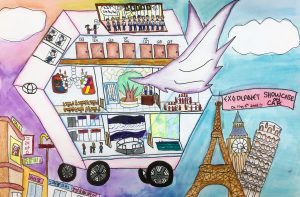
Respecting and stimulating the individual creativity of each student is at the heart of our teaching philosophy. Instead of being viewed as an expert, our instructors present themselves as a skilled and enthusiastic facilitator of the students’ design thinking and creating. Our school takes a process-oriented approach, with a focus on design principles and the process of problem-solving, rather than on copying the subjects. In the classroom, we consult individually with each student as they work independently and collaboratively. We help students develop their own big ideas, conduct visual research, brainstorm relevant concepts, and explore how the concepts are conveyed through visual elements. Our instructors then follow up with students individually and offer assistance and guidance, as they create and finally transform their big ideas into works of art.
Our History
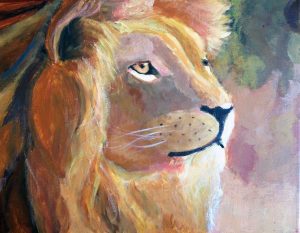 provide a safe and inspiring environment that triggers this art learning process. Sarah got her PhD in Art Education from the Ohio State University which has the best art education program. Her research focuses on Creative Pedagogy and how to integrate Design Thinking into education. Therefore, the curriculum in Happy Valley Art School is specially designed to facilitate students’ development in the realm of design thinking, creativity, problem-solving, conceptual development, and visual storytelling. In order to fulfill this goal, Happy Valley Art School creates an environment that, on the one hand, is stimulating and challenging enough to confront the student with new possibilities and concepts, and on the other hand provides a secure enough place for the students to express their ideas through their work. Students are encouraged to work with concrete materials, with images, with their hands in such a way that the inner self is reflected.
provide a safe and inspiring environment that triggers this art learning process. Sarah got her PhD in Art Education from the Ohio State University which has the best art education program. Her research focuses on Creative Pedagogy and how to integrate Design Thinking into education. Therefore, the curriculum in Happy Valley Art School is specially designed to facilitate students’ development in the realm of design thinking, creativity, problem-solving, conceptual development, and visual storytelling. In order to fulfill this goal, Happy Valley Art School creates an environment that, on the one hand, is stimulating and challenging enough to confront the student with new possibilities and concepts, and on the other hand provides a secure enough place for the students to express their ideas through their work. Students are encouraged to work with concrete materials, with images, with their hands in such a way that the inner self is reflected.Our Teaching Philosophy
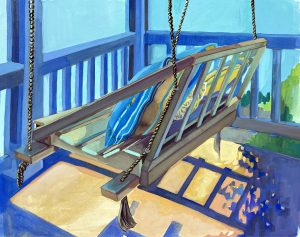
Through a community of inquiry, students learn to investigate, question, and appreciate art. During our classes, we invite risk-taking in art making and art thinking that questions the status quo and searches for personal or social truths. Ideally, art should be connected to other academic disciplines. With interdisciplinary studies, students can explore the concepts of a cohesive community interweaving the arts with literature, history, the environment, technology, culture, and much more. Last but not least, we provide our students with the necessary technical skills and knowledge of materials. Students should gain an understanding of the full range of possibilities offered by the media covered by the class, together with a skill set of techniques for achieving their aesthetic goals. This aspect of our teaching addresses the concept of “craftsmanship”. We also encourage our students to explore and utilize all kinds of art and non-art materials to create. Art should be fun and self-expressive for all the students! Through a community of inquiry, students learn to investigate, question, and judge art. During our classes, we invite risk-taking in art making and art thinking that questions the status quo and searches for personal or social truths. Ideally, art should be connected to other academic disciplines. With interdisciplinary studies, students can explore the concepts of a cohesive community interweaving the arts with literature, history, the environment, technology, culture, and much more.
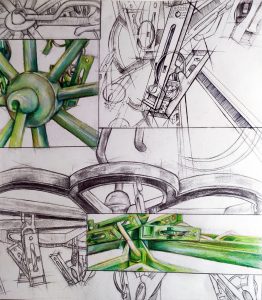 We provide our students with the necessary technical skills and knowledge of materials. Students should gain an understanding of the full range of possibilities offered by the media covered by the class, together with a skill set of techniques for achieving their aesthetic goals. This aspect of our teaching addresses the concept of “craftsmanship”. We also encourage our students to explore and utilize all kinds of art and non-art materials to create. Art should be fun and self-expressive for all the children!
We provide our students with the necessary technical skills and knowledge of materials. Students should gain an understanding of the full range of possibilities offered by the media covered by the class, together with a skill set of techniques for achieving their aesthetic goals. This aspect of our teaching addresses the concept of “craftsmanship”. We also encourage our students to explore and utilize all kinds of art and non-art materials to create. Art should be fun and self-expressive for all the children!
Core Values
We work closely with our students. A lot of students start art learning at Happy Valley Art School at a young age and spend most of their childhood with us. It is especially important to examine what influence we will have on our students in addition to creative arts, how we treat each other, and how we interact with the community. We hope we can share similar values with our students and their families.
Integrity:
We want our students to know that all the choices they make, good or bad, have consequences. They need to take accountability and always do the right thing. We want students to know what plagiarism is and they need to be honest and develop their own ideas. We encourage students to test and explore their personal integrity by guiding them through everyday activities and conversations. 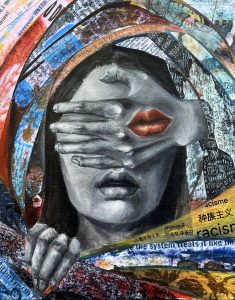
Empowerment:
We strongly believe in empowering students. Each student possesses a wealth of experiences and the classroom should create a space in which those stories can be shared and related to the materials taught in the class. Every voice matters, and we always want our students to feel that they have something to offer. This sense of empowerment is especially important when teaching art and design since students’ design projects somehow represent how they make sense of the world.
Respect:
We want students to respect others as well as themselves. We want our students to learn to treat others the way they want to be treated. So we create a respectful environment and make sure our students are surrounded by great students and teachers. In this way, students can speak positively, respect their own choices, and embrace different voices.
Responsibility:
We wish to impart to our students that they are responsible for their actions and that those actions directly affect their personal experience as well as their studio community. We want our students to take accountability for even the smallest things such as cleaning up their mess after class, bringing their sketchbooks, and focusing on the artmaking process, etc. 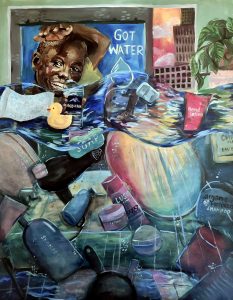
Engagement:
We require students to focus on what they are doing during the class. We value the merit of hard work and the satisfaction that comes after the hardworking. We want students to take their time and put effort into their work during and after the class. Students might be creating, thinking, solving problems, or researching. We provide students with a safe and creative environment where they can engage in a variety of creative activities.
Empathy:
Empathy suggests the ability to feel other people’s feelings, think from their perspectives, appreciate other people’s experiences, and embrace different points of view. We encourage our students to be kind to others, consider others’ perspectives, and always look for the promising side of the story. In addition, art can evoke feelings and personal experiences. We provide the context in which students can experience empathy and learn to understand each other’s points of view.






